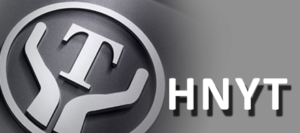What checks should underground mining electric locomotive drivers do when changing shifts?
During a shift change, underground mining electric locomotive operators must perform thorough inspections to ensure all functions and equipment operate properly. Below are the key inspection items:
1. Cab Roof and Doors
Inspect the cab roof and doors for any damage to ensure safety and comfort.
2. Connectors
Check that all connectors are secure, with no signs of looseness or detachment, ensuring stable electrical connections.
3. Hand Brake and Sanding Device
Ensure the hand brake and sanding device operate smoothly to maintain proper braking and traction performance.
4. Lighting and Horn
Check that the lighting system is bright and that the horn or warning sound is clear and loud to provide good visibility and communication.
5. Battery Voltage
Measure the battery voltage to ensure it falls within the required range and can supply sufficient power.
6. Battery Box
Inspect the battery box for secure placement and reliable locking to prevent loosening or accidental displacement.
7. Pantograph
Check the pantograph’s flexibility and confirm good contact with the overhead wire.
8. Controller and Operating Handles
With the power off, test the controller’s direction switch and operating handles for smooth movement and reliable locking to ensure proper control.
By carefully inspecting these components, operators can ensure the underground mining electric locomotive operates safely and efficiently for the next shift. If any issues or malfunctions are detected, they must be reported to maintenance personnel for prompt repair.
In summary, shift change inspections include checking the cab, connectors, braking system, lighting, communication devices, battery system, controllers, and pantograph (if applicable). These steps help maintain underground mining electric locomotive safety, functionality, and operator comfort.








